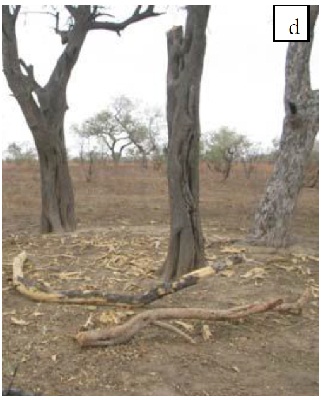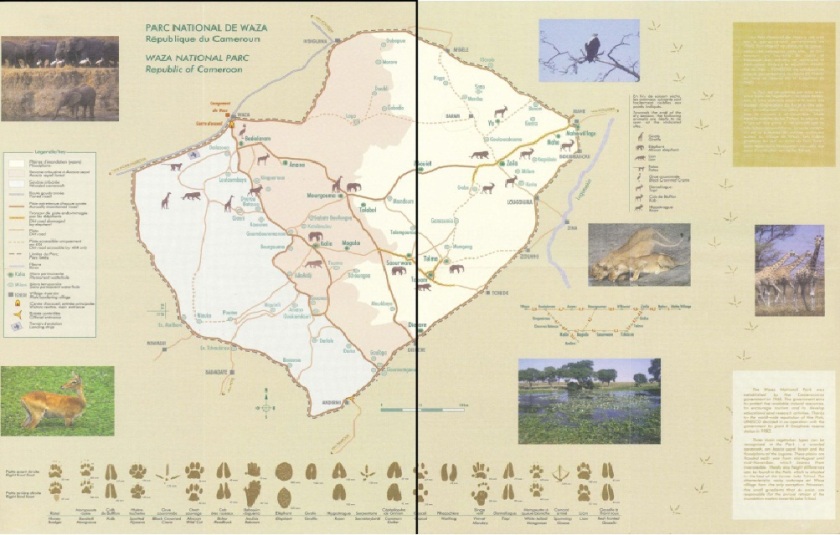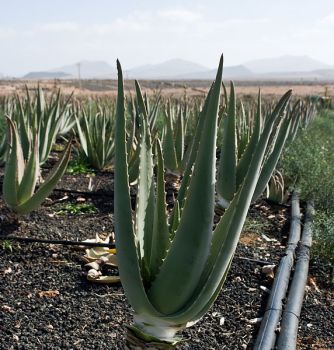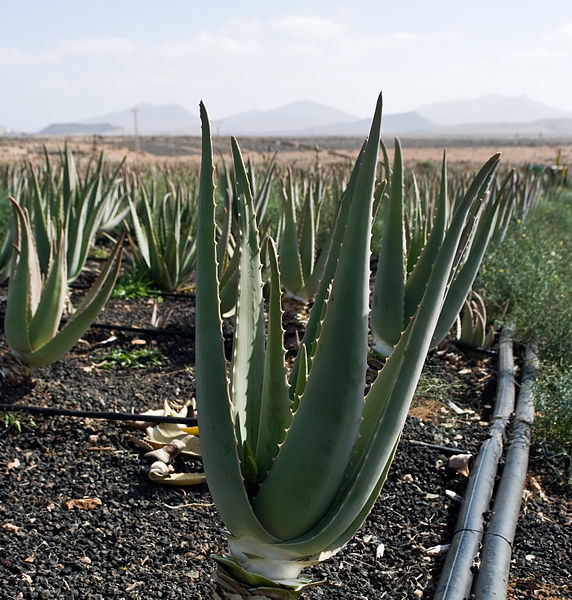PROTECTED AREAS OF CAMEROON- THE WAZA NATIONAL PARK
INTRODUCTION
I-PRESENTATION OF WAZA NATIONAL PARK
Waza National Park is a national park in the Department of Logone-et-Chari, in Far North Region, Cameroon. It was founded in 1934 as a hunting reserve, and covers a total of 1,700 square kilometres. Waza achieved national park status in 1968, and became a UNESCO biosphere reserve in 1979.
The park has as Coordinates 11°20′N 14°44′E occupying an area of 1,700 km2.
For the preservation and conservation of the biodiversity of the park, a Management Master Plan was drawn up in 1997, reported to be the first of its kind in Cameroon. The park is adjacent to the Chingurmi-Duguma sector of Nigeria’s Chad Basin National Park. There is also a proposal to combine this park with the Waza Logone floodplain as a Ramsar Site. The forest dwellers who had their villages within the park were resettled on the borders of the park, after it was established. This was done with the objective of creating a social buffer to poaching activities and preserve the park’s resources.
The dominant vegetation is in the transition zone between the Sahel and Sudan savanna, containing acacia and open Yaéré savannah forests.
The park is bounded by the town of Waza to its west, the border with Nigeria, and Chad is only 10 kilometres away. The seasonally-flooded “Yaéré” floodplain marks the east and north-east, and the Maroua–Kousséri road is to the west. The park’s habitat is mainly in the “Chad depression” with average elevation in the range of 300–320 metres (980–1,050 ft), thought the highest ground goes up to 500 metres (1,600 ft) near Waza village. The topography of the park, however, is generally flat. The vegetation types which cover the park are categorized under five broad types of open combretaceous shrub savanna, anogeissus leiocarpus woodland, lannea humilis open grass savanna, acacia seyal tree savanna and Yaéré floodplains with perennial grasses. The large trees are fell down creating human deforestation.
Figure 1: Evidence of large tree cutting (acacia seyal tree and anogeissus leiocarpus woodland) within park limits (B. Kelly2013)
The mammal population in the park is one of the largest in central West Africa. There are 30 species of mammals in the park. Some of the species of interest from the conservation angle are the red-fronted gazelle (Gazella rufifrons) (VU), whose population is on the rise, and the korrigum (Damaliscus lunatus korrigum) (VU), which is stable. The endangered African bush elephant, which feeds in the Vachellia seyal shrublands, creates conflicts even with farmers located far away. Waza harbours a dwindling population of lions. A recent survey counted only 14–21 of these big cats. Waza is also home for one of the last populations of the Kordofan giraffe (G. c. antiquorum).
Kob antelope have increased to 5000 in the 1990s since a strong decline in the 1980s. Other large ungulates are warthog and roan. Ostriches have been recorded. Elephants congregate at Mare aux Éléphants, a famous watering hole. Other species noted are hartebeest, tsessebe, olive baboon, patas and vervet monkey, leopard, cheetah and nocturnal aardvark.
Amphibians include the eponymous frog Kassina wazae and Waza toad Bufo wazae, the latter now included in Sclerophrys xeros.
There are 379 species of birds in the park including the contiguous Logone floodplain; among the birds that have been sighted are marbled duck, ferruginous duck, greater spotted eagle, scissor-tailed kite in grass lands, lesser kestrel, Nubian bustard (Neotis A North African ostrich running at Waza National Park. nuba), quail-plover, Arabian bustard Ardeotis arabs, Cattle Egret, hornbill, various species of storks, Abyssinian roller, and Ostrich. However, some of the species of global conservation concern are: Marmaronetta angustirostris, Aythya nyroca, Clanga clanga, Falco naumanni, Neotis nuba, which has been recorded once, in 1998. The grassland species of birds reported are: Ortyxelos meiffrenii, Ardeotis arabs, Struthio camelus population in very large number of Dendrocygna viduata and Balearica pavonina. Water bird species seen throughout the year is reported to be more than 20,000. The key list of birds reported by Bird Life International is: garganey (Anas querquedula), great white pelican (Pelecanus onocrotalus), fox kestrel (Falco alopex), pallid harrier (Circus macrourus), Savile’s bustard (Eupodotis savilei), black crowned-crane (Balearica pavonina), African collared dove (Streptopelia roseogrisea), Senegal parrot (Poicephalus
senegalus), red-throated beeeater (Merops bulocki), Sahelian woodpecker (Dendropicos elachus), piapiac (Ptilostomus afer), Sennar penduline-tit (Anthoscopus punctifrons), red-pate cisticola (Cisticola ruficeps), river prinia (Prinia fluviatilis), Senegal eremomela (Eremomela pusilla), purple glossy-starling
(Lamprotornis purpureus), chestnut-bellied starling (Lamprotornis pulcher), black scrub-robin (Cercotrichas podobe), chestnut-crowned sparrow-weaver (Plocepasser superciliosus), Sudan golden sparrow (Passer luteus), bush petronia (Petronia dentata), black-rumped waxbill (Estrilda troglodytes), and waterbirds

Figure 2: Map of Waza National Park available at park’s entrance. Here you can see the gray-blue area on the left of the park is wooded savannah, the orange-pink area in the center is Acacia seyal forest and the light yellow area on the left is floodplain. Gobe, the village I describe below is in the floodplain.
References
- “The Crumbling Fortress: Nature, Society and Security in Waza National Park, Northern Cameroon” By Alice B. Kelly A dissertation submitted in partial satisfaction of the requirements for the degree of Doctor of Philosophy in Environmental Science, Policy and Management in the Graduate Division of the University of California, Berkeley, Spring 2013
- Tchamba, M. N. “The impact of elephant browsing on the vegetation in Waza National Park, Cameroon”. African Journal of Ecology. 33: 184–193. doi:1111/j.1365-2028.1995.tb00796.x. Retrieved 24 February 2013. “The Waza-Logone Floodplain” (pdf). Ramsar organization. Retrieved 24 February 2013.
- “Chad Basin National Park”. Nigeria National Park Service. Retrieved 2010-11-03.


Very soon the part 2 of waza park
LikeLike